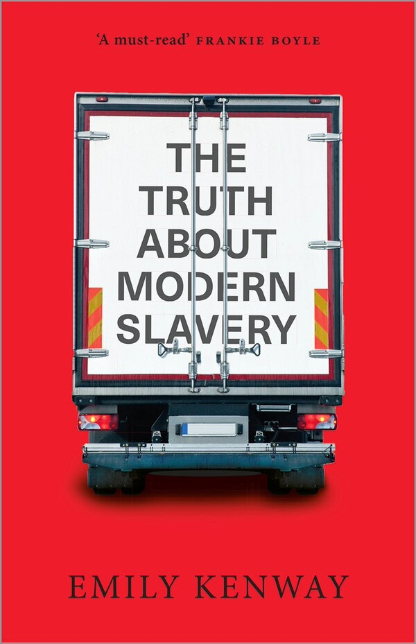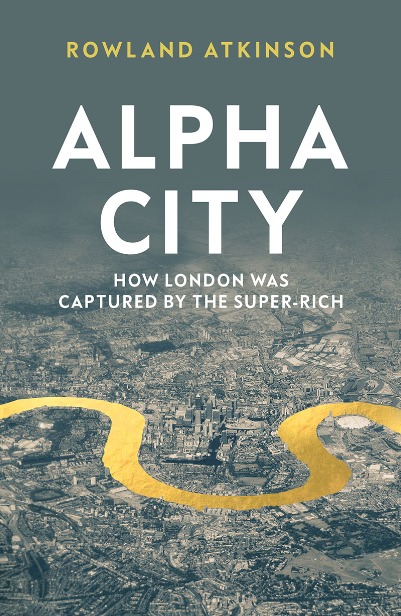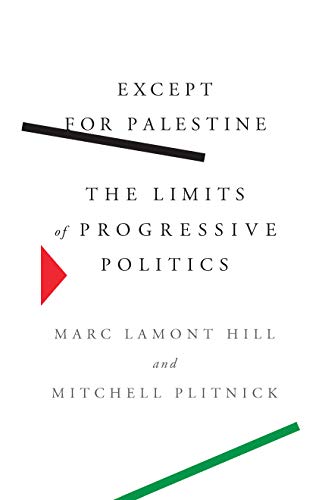Just War and the Responsibility to Protect: A Critique, Robin Dunford and Michael Neu, ZED Books, 2019, pp. 192, ISBN: 978-1-78699-150-8
New York City was buzzing with diplomats and heads of state in mid-September 2005. Over 200 of them gathered to hammer out an agreement on the goals for the millennium, which were to eradicate extreme poverty and hunger, achieve universal primary education and gender equality, improve the environment and combat diseases. The representatives further agreed that each state had a responsibility to protect its citizens from war crimes, genocide, ethnic cleansing, and crimes against humanity. The international community committed itself to provide diplomatic, humanitarian and other peaceful mechanisms to ensure this responsibility was upheld. Should the state be unwilling or incapable of protecting its citizens, and the peaceful mechanisms are unable to resolve the matter, the international community gave itself the right to intervene militarily. Thus the responsibility to protect (R2P) doctrine was born.
The doctrine was built on the heels of massacres and ethnic cleansing in Bosnia, Rwanda, Sudan, Sierra Leone and the Congo, among others, where it was believed that the lack of action by the international community led to the deaths of many innocents. Perhaps the most visible exponent of the doctrine is Michael Walzer, whose Just and Unjust Wars provided the philosophical and ethical backing to the arguments that certain wars can be justified. According to him, a war can be just if such a war has a just cause and is proportionally waged with the right intention by a legitimate authority as a measure of last resort with a chance of achieving a justified end. Responsibility to protect humans from mass atrocities necessarily appears as a just end, and humanitarian intervention becomes a means of achieving it.
Robin Dunford and Michael Neu question the doctrine’s coherence and deconstruct its basis to show how it has been used to promote particular political interests of the major powers. By analyzing recent conflicts in Libya and Syria, the authors show how Western leadership in R2P actions not only perpetuated the conflict but that these very same powers were responsible for the emergence of the crises in the first place. R2P and just war theories temporally frame the conflict to exclude its systemic causes. For them, the conflict begins when the guns begin firing, and people start dying, rather than the moment when the slow build-up to those events starts. By excluding causes and focusing on effects, the proponents of the R2P absolve Western powers of their contributions to the crisis. Dunford and Neu term this “the already existing intervention,” and insert it as an extension to the frame that R2P promotes.
Moreover, given that the doctrine prescribes military involvement as the measure of last resort, which can only follow other attempts at peaceful resolution, those self-styled leaders of the international community can manipulate events to make armed conflict inevitable. After all, military might remains the surest way of achieving one’s objectives given that diplomatic effort entails compromise. By intervening militarily, the powers that be place the blame on the sovereign country and the mission success is defined by abstracting away from the horrors of the intervention and its potential effect. The removal of the government becomes the goal and measure by which the intervention is evaluated.
In Just War and the Responsibility to Protect, Dunford and Neu apply their critique to the Libyan and Syrian intervention. Both relied on a simple narrative of indiscriminate killers, innocent victims and the need for saviours. In Libya, Gaddafi’s words were taken to indicate his intention to exterminate his opposition, much like the Serbs did in Srebrenica or Hutus in Rwanda. His opposition was framed as a grouping of innocent civilians and excluded clear militia elements that fought against the Libyan army. For example, Qatar supported the opposition by providing logistical support, communications, funding and weapons in clear contravention to the arms embargo. Further, Qatar, along with France, was an early supporter of the National Transitional Council, a rebel alliance in control of eastern Libya and was the first to agree on a major oil concession. Qatar further undertook upon itself to sell Libya’s oil and forward the proceeds to the TNC, which were used to procure weaponry.
While Gaddafi’s words were chilling, they were hardly supported by the actual events on the ground. Upon launching an offensive on Benghazi, Gaddafi offered the militias in the city complete amnesty if they laid down their arms. He did likewise in Misrata. Moreover, NATO repeatedly rejected offers of ceasefire by the Libyan government and refused to provide guarantees to the representatives of the African Union who were scheduled to negotiate a ceasefire in Libya. The rebel leaders rejected Venezuela’s offer to mediate as well. Therefore the decision to adopt Resolution 1973 and authorize NATO intervention in Libya appears to have been pre-meditated. As a consequence, Libya still burns. Terrorist organizations control swathes of land, and the country is still split into opposing factions who are unable to agree.
That the affluent West is seen as saviour and guardian of the civilized order, while others remain the silent beneficiaries of their richesse and stuck in their barbaric ways, is evident in the willful ignorance of the consequences of colonialism, environmental destruction and pursuit of structural adjustment policies (SAP). Both Syria and Rwanda suffered the consequences of colonial domination, which sought to hierarchically separate ethnicities into administrative units, thereby ensuring animosity. Extreme drought struck Syria between 2007 and 2010, which led to massive rural migration, with 1.5 million people settling in urban outskirts and enduring poverty, and lack of opportunity and education. Similarly, in sub-Saharan Africa, climate change ruined harvests and caused armed conflicts. IMF imposed SAPs, always directed towards the poor, reshaped economies and removed safety nets that helped people make ends meet, forcing the poor to turn to other ways of ensuring their livelihood. On top of this, arms trade to the affected regions flourished as global wizards of Armageddon sought to profit from instability. Now, which countries are mainly responsible for environmental degradation? Which countries have concluded and promoted the Washington Consensus? Who are the world’s most main weapons manufacturers? Yet, who suffers?
These structural causes of crises and systemic violence that precede conflicts are never incorporated in R2P and just war theories. Dunford and Neu have exposed the faux military humanism and moralistic militarism as distorting frameworks of analysis. By applying the R2P concept to conflicts, the international community, whatever that is, fails to address the underlying issues while allowing itself to continue contributing to the factors that lead to wars. R2P interventions allow them to continue enjoying the privileged position at the expense of the vast majority of the world’s poor. It ensures that humanitarian intervention is always needed somewhere else.




